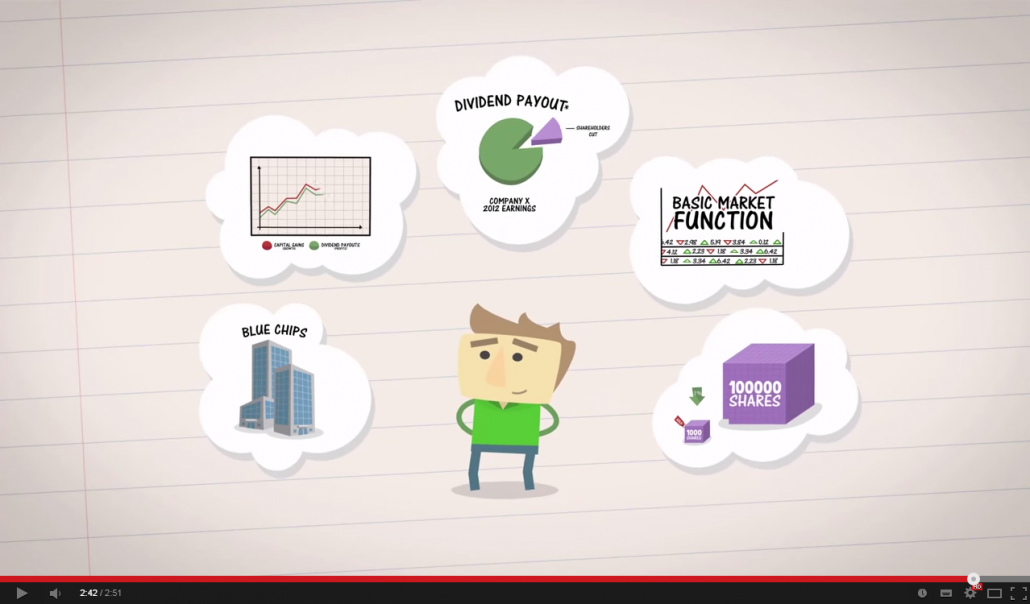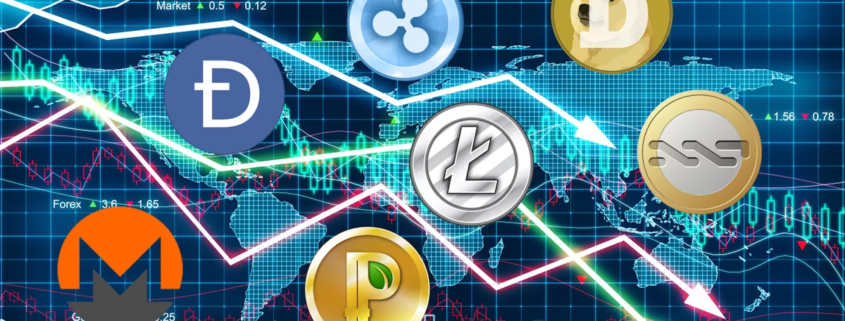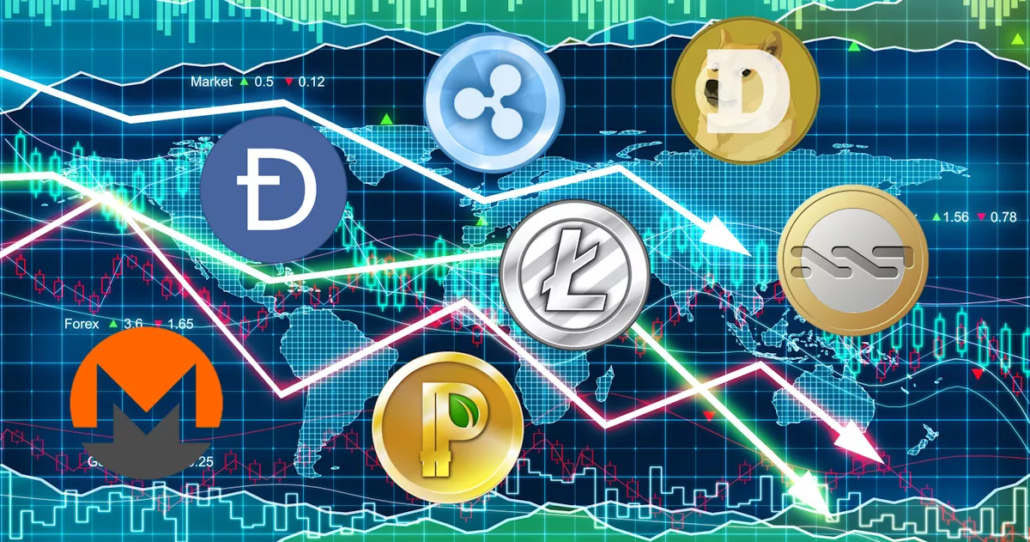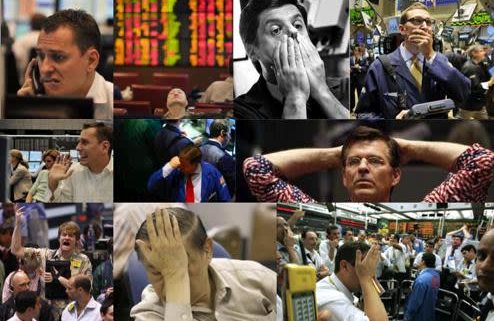
In this latest video series, watch as Spencer answers the top 20 most commonly-asked questions by new traders & investors!
For those just starting out, this will be a big help in avoiding a lot of “beginner pitfalls” which 90% of all traders get stuck at.
Here is the full list of Burning Questions:
- What is the difference between trading and investing?
- Do you believe in the buy-and-hold value investing approach?
- What is your long-term investment strategy?
- Trading is risky, shouldn’t I just buy stocks with good fundamentals?
- What is your trading strategy?
- What products should I trade? How many different products should I trade?
- What is the difference between TA (technical analysis) and FA (fundamental analysis)?
- Do you use fundamentals in your trading?
- What technical indicators do you use to trade?
- What type of charts do you use to trade, and what timeframe do you use? What is your holding period?
- How much capital do I need to start trading?
- How can I become more consistent in my trading results?
- How can I predict the price of a stock? How do I know when the price will turn and start going up/down?
- What is a good % return per year I should aim for? How much returns can I expect from trading?
- When should I trade? During the day, or the night? When is the best time to trade?
- How do you trade the news? What news should I look at and how can I profit from news?
- Is trading safe? Can I end up losing all my capital and more? How do you manage your risk?
- If everyone uses the same trading strategies (your strategies), will they stop working?
- What is the difference between trading for a fund and trading your own money?
- How can I get started on trading and investing? Any good resources?
Click here to download for free:







 Source:
Source: 

